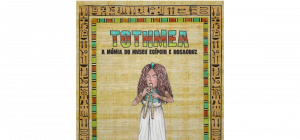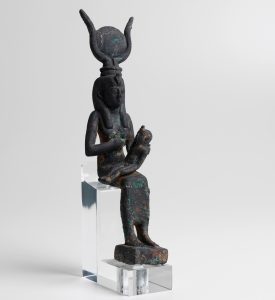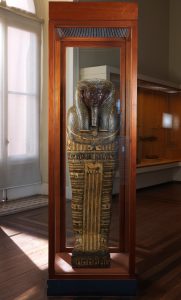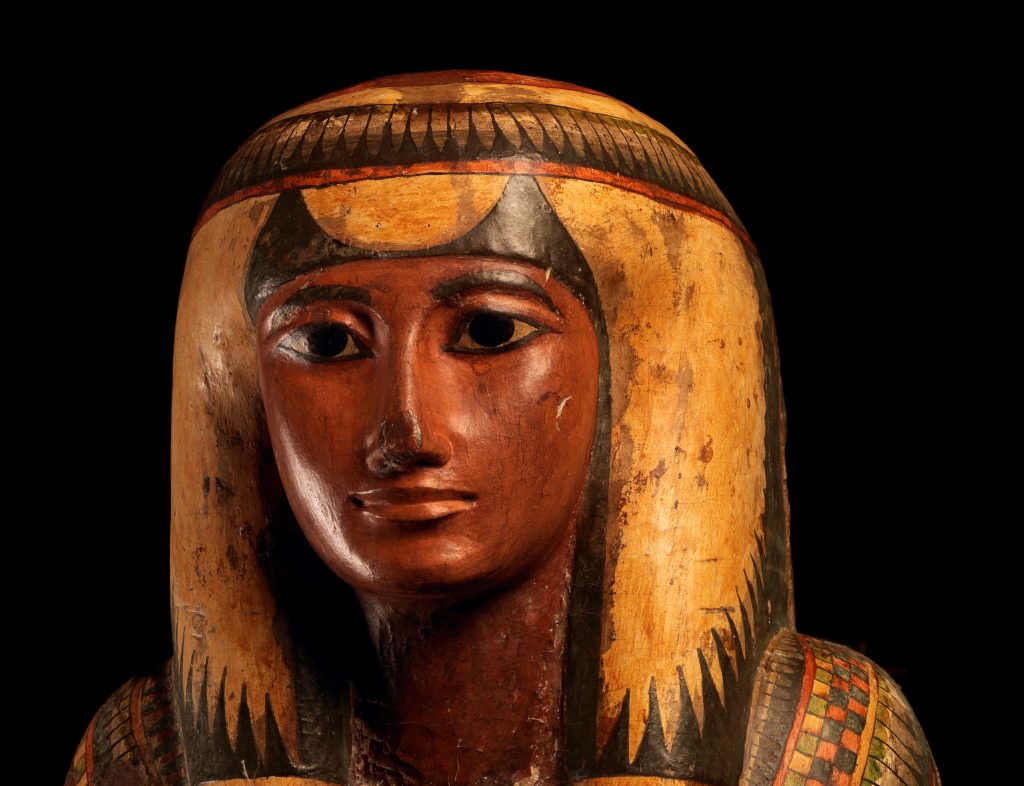São Paulo – If on one hand cultural institutions have closed doors to help keep the spread of the new coronavirus in Brazil and the world at bay, on the other hand many of them have worked to open virtual windows. Among the institutions that feature Arab-related art is the Museum of Immigration (MI). The entity has made available material in several platforms, and its digitized collection includes some registries and pictures of Arab people that arrived in Brazil starting 1874.
The goal of the museum is spreading information and remaining close to its audience, even if they can leave their homes. “During this quarantine period, it’s important that these spaces keep providing knowledge, which can be done through technology. In the case of the Museum of Immigration, I believe it’s a great opportunity to boost digital actions, making content available both for entertainment and reflection on the world current scenario, keeping culture and its importance for the humankind alive,” Museum of Immigration director executive Alessandra Almeida told ANBA.
The institution’s digital content features over 250,000 images of the immigration in the state of São Paulo and Brazil. In partnership with Google Arts & Culture, MI also holds two virtual exhibitions. The platform also offers a virtual tour through the long-term exhibition “Migrar: experiências, memórias e identidades” [Migrate: Experiences, memories and identities]. The institution’s channel on YouTube features excerpts of testimonials of the oral history collection, interviews with descendants and migrants of communities related to the Immigrant Fest, and others.

Rosicrucian Egyptian Museum told ANBA that it has created new material due to the COVID-19 pandemic. The goal is making it available in the social media of the Tutankhamun Egyptian Museum over the next few days. Meanwhile, the complex already offers a content in videos, texts and images like the Treasures of the Museum, which shows pieces that comprise its collection, or Tothmea Project, which tells the story of Egyptian Tothmea in comic books. The museum also offers a virtual tour through one exhibition that was held there.
For the National Museum of Rio de Janeiro, sharing its collection online is nothing new. In 2019, it opened its exhibitions in Google Arts & Culture project to make available the collection that had been consumed by the fire that had destroyed its building in 2018. The virtual exhibitions include Ancient Egypt, which brings together a rich collection of Arab pieces. “The idea is that people see how the museum was before the tragedy. Educate, make people marvel, reflect,” the Museum’s director Alexander Kellner told ANBA.

Kellner believes that, although the virtual contact cannot replace live visitation, it’s a way to fulfill these needs. “We still are South America’s largest collection. It doesn’t alleviate how much we lost but we have many plans to receive new original material – when we are prepared to receive them, obviously,” explained the director, adding that he hopes to widen the collection in the future with more material from the Middle East.
While it’s not possible to visit the physical facilities, on Google the National Museum offers high-resolution images of 164 relics distributed into seven exhibitions, as well as panoramic views of indoors environments. Pictured above, Sha-amun-en-su Coffin, which can be seen in the National Museum online collection.
Centro Cultural Banco do Brasil (CCBB) has decided to update its contents to entertain its audience during the social isolation. The institution offers a digital art-education collection in the CCBB Educativo website, which talks with each season’s exhibition. “In this moment of awareness, caution and resilience, when face-to-face activities have been discontinued to stop the spread of COVID-19, CCBB Educativo program has updated the webpage that offers an extended content on the actions that have been held in person from 2018 to 2020,” CCBB reported in a press release.

On the CCBB Belo Horizonte Google Arts page, you can check the works of artists like Youssef Limoud from Egypt that were exhibited when the ‘Ex-Africa’ show went through Minas Gerais. In CCBB São Paulo, the Ancient Egypt exhibition could gain some video footage that has been filmed in CCBB Rio.
For those who want to watch musical performances, Ema Klabin Cultural Foundation offers several performances of Arab groups on its YouTube channel. They include Quarteto Tarab, which has influences from countries such as Syria, Egypt, Lebanon and Palestine, with instruments such as lute-type oud, nay (flute), and the Eastern percussion of derbake and riq. Another performance available is Orquestra Mundana Refugi, which features Arab musicians.
In the Google project, you can also find works portraying the Arab-Brazilian cultural cross. It’s the case of Projeto Portinari, which exhibits works created by the artist after a trip to the Middle East. Made in the 60s, the works portray the culture and the people in works such as Arabs and Dromedary, Bedouin on a Bike, and The Races.
Translated by Guilherme Miranda




